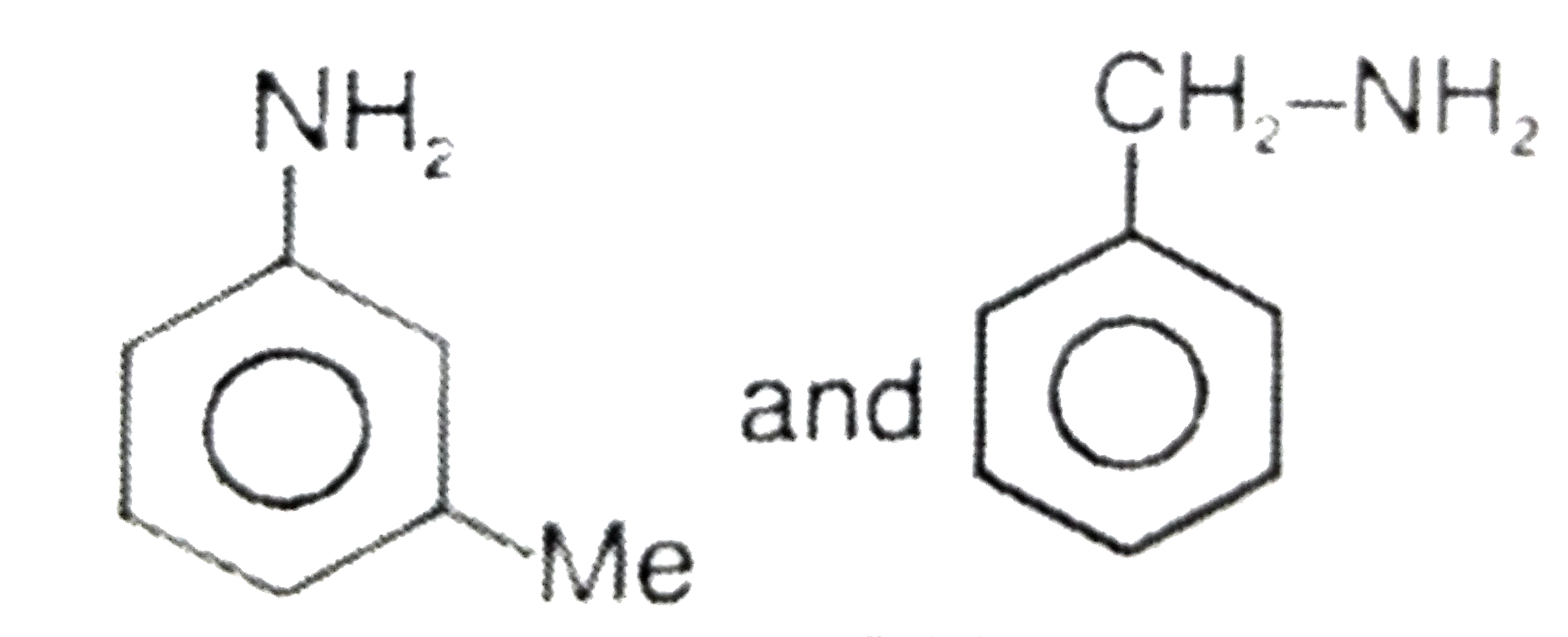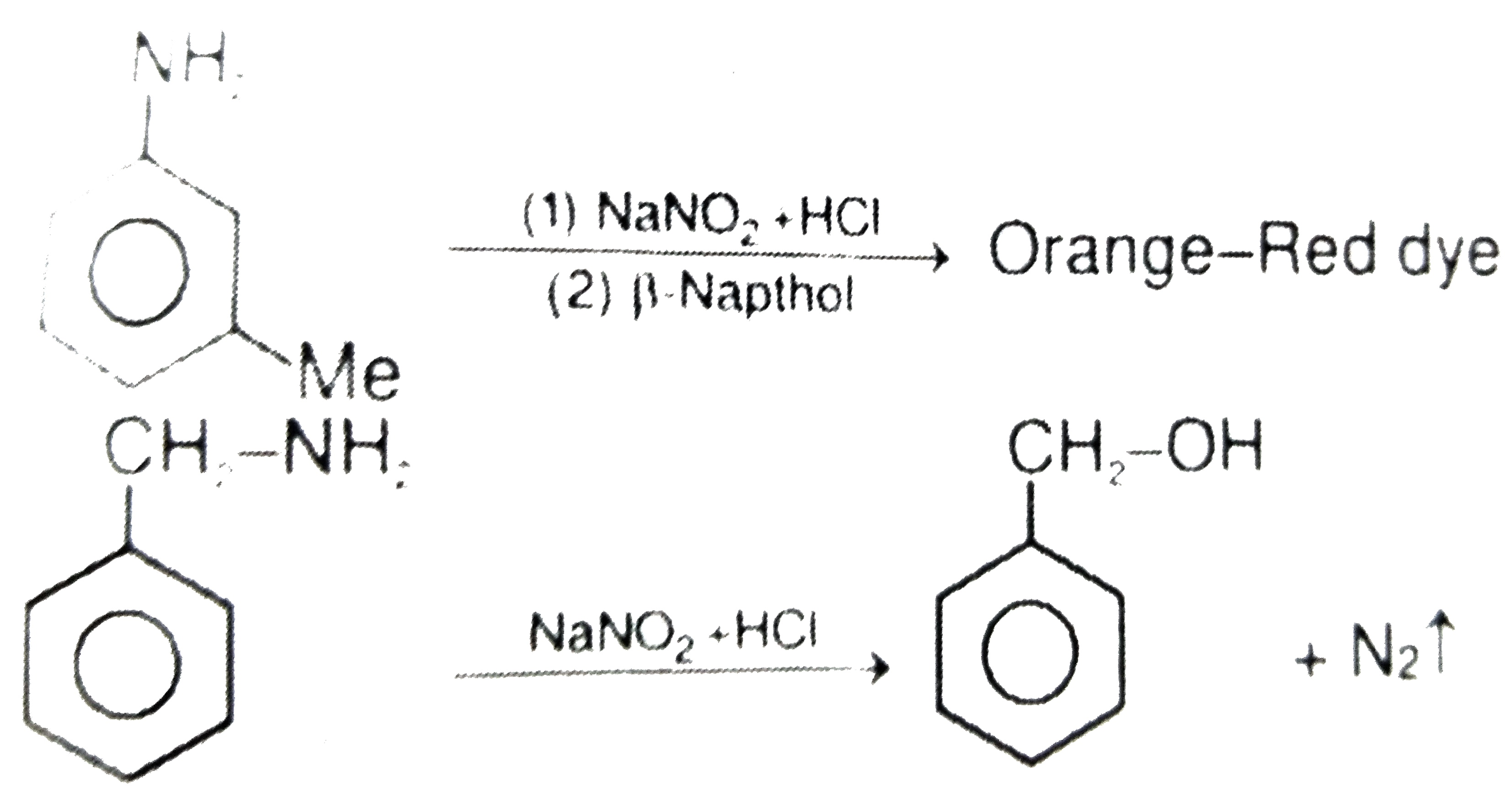 can be distinguish by
can be distinguish by
A
CHCl3+KOH
B
NaNO2+HCl followed by β-Napthol
C
CS2+HgCl2
D
Na metal
Video Solution
Text Solution
The correct Answer is:B
|
Updated on:21/07/2023
Topper's Solved these Questions
- BOOK - RESONANCE ENGLISHCHAPTER - STRUCTURAL IDENTIFICATION & PRACTICAL ORGANIC CHEMISTRYEXERCISE - Part-III27videos
STRUCTURAL IDENTIFICATION & PRACTICAL ORGANIC CHEMISTRY
- BOOK - RESONANCE ENGLISHCHAPTER - STRUCTURAL IDENTIFICATION & PRACTICAL ORGANIC CHEMISTRYEXERCISE - Additional theory4videos
STRUCTURAL IDENTIFICATION & PRACTICAL ORGANIC CHEMISTRY
- BOOK - RESONANCE ENGLISHCHAPTER - STRUCTURAL IDENTIFICATION & PRACTICAL ORGANIC CHEMISTRYEXERCISE - Jee main6videos
STRUCTURAL IDENTIFICATION & PRACTICAL ORGANIC CHEMISTRY
- BOOK - RESONANCE ENGLISHCHAPTER - SOLID STATEEXERCISE - Part- IV21videos
SOLID STATE
- BOOK - RESONANCE ENGLISHCHAPTER - THERMODYNAMIC & THERMOCHEMISTRYEXERCISE - INORGANIC CHEMISTRY(P-Block Elements)26videos
THERMODYNAMIC & THERMOCHEMISTRY
Similar Questions
Knowledge Check
- Question 1 - Select One or More
 can be distinguished byAI2+NaOHBNaSO3HCNaCN/HClD2,4-DNP
can be distinguished byAI2+NaOHBNaSO3HCNaCN/HClD2,4-DNP - Question 2 - Select One
Phenol and benzoic acid can be distinguished by :
Aaqueous NaHCO3Baqueous NaNO3Caqueous NaOHDconc. H2SO4
Product(A) and (B)can be distinguished by
 View Solution
View SolutionAcetaldehyde and acetylene can be distinguished by :
View SolutionMethanol and ethanol can be distinguished by
View Solution
Compound (X) and (Y) can be distinguished byView SolutionPropanal and Acetone can be distinguished by testing with
View Solution
Compounds (C) and (D) can be distinguished by :View Solution


